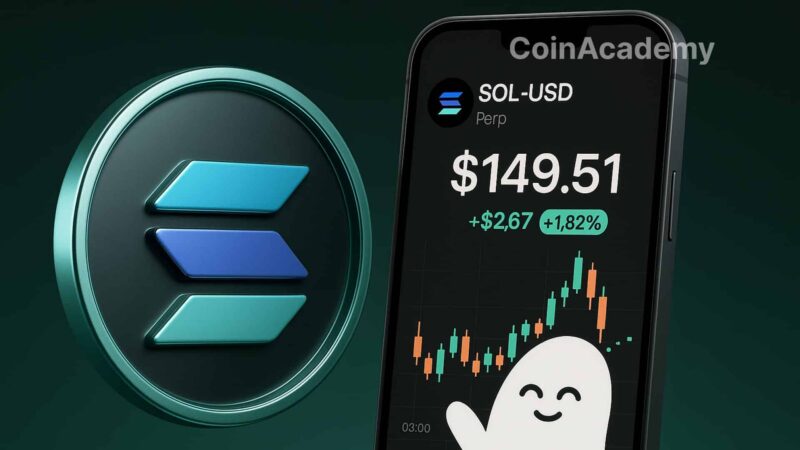Vitalik Buterin, co-founder of the Ethereum blockchain, recently published a new post titled ‘Multidimensional gas pricing’ which details how multidimensional gas pricing could revolutionize the usage of the most sought-after network in the crypto ecosystem.
Limitations of Unidimensional Gas Pricing
In the cryptocurrency landscape, Ethereum stands out as one of the most popular and promising blockchains. However, its rapid growth comes with significant challenges in terms of scalability and efficiency.
One key aspect of this issue lies in the transaction pricing model, currently based on a single resource called ‘gas,’ which acts as a fuel to power operations on the blockchain.
However, this approach has its limitations as it treats all resources (computation, storage, and network bandwidth) interchangeably, using a unidimensional calculation method that does not accurately reflect the actual costs incurred by the network.
As Vitalik Buterin points out, ‘this approach has a major inefficiency: it treats different resources as mutually convertible, while the underlying real limits of what the network can handle are not.’
Towards Multidimensional Gas Pricing with ‘Blobs’
To address these limitations, multidimensional gas pricing proposes to distinguish and separately price the different resources consumed by transactions.
This approach would enable a more efficient utilization of network resources and thereby improve the scalability of the blockchain.
The introduction of ‘blobs’ or Binary Large Objects on March 13, 2024, through Proto-Dankshardding (EIP-4844), is a concrete example of multidimensional gas pricing.
Blobs provide a distinct space for rollup data, whose pricing differs from that of regular transaction data.
As a result, rollups have become 100 times cheaper, the transaction volume on rollups has increased by over 3 times, and the theoretical maximum block size has only been slightly increased.
Advantages of Multidimensional Gas Pricing
The adoption of multidimensional gas pricing offers several major advantages:
- Improved resource efficiency: By distinguishing the costs of each resource, the network can better allocate its capacities and avoid congestion.
- Increased scalability: More efficient resource utilization allows for processing a higher number of transactions per second, thereby enhancing the overall processing capacity of the network.
- Reduced transaction fees: More accurate pricing of real costs should lead to a decrease in transaction fees for users.
Challenges and Outlook
The implementation of multidimensional gas pricing comes with technical challenges and economic considerations.
Finding a balance between system complexity and efficiency, while ensuring compatibility with existing dApps, is crucial.
Currently, there is ongoing consideration of replacing Merkle Patricia trees with Verkle trees to enable lightweight clients to verify Ethereum transactions without storing all blockchain data. However, Verkle trees are not quantum-resistant and may not perfectly align with the new generation of STARKs proof systems.
As a result, many actors are instead interested in using binary Merkle trees and ZK STARK proofs for lightweight clients. This would involve either completely abandoning Verkle trees or adopting ZK STARK technology a few years later once it becomes more mature.
Vitalik’s Two Hypotheses
Per-transaction max: The Simplest Way to Obtain Multidimensional Gas
One of the simplest approaches to implementing multidimensional gas is to charge each transaction based on the resource it consumes the most.
Advantages:
- Implementation simplicity: This approach does not require major modifications to the Ethereum Virtual Machine (EVM) and is therefore relatively straightforward to implement.
- Preservation of security: The maximum amount of data and computation in a block remains the same as in the current unidimensional gas system.
Disadvantages:
- Potential inefficiency: Transactions that consume a lot of one resource may be unnecessarily charged a high amount, even if they use only a small amount of other resources.
- Encouragement of transaction merging: This may incentivize developers to merge data- and computation-heavy transactions into a single package to reduce costs.
Multidimensional EIP-1559: The Most Difficult but Ideal Strategy
The multidimensional EIP-1559 builds upon the existing EIP-1559 mechanism for gas but uses floating prices for each type of resource.
This means that the price for each resource will be dynamically adjusted based on supply and demand, similar to what is currently done for regular transactions (calldata) and rollup-dedicated transactions (blobs).
Advantages of Multidimensional EIP-1559:
- Increased efficiency: By charging each resource based on its actual usage, multidimensional EIP-1559 can incentivize users to optimize their code and use resources more responsibly.
- Better congestion management: By targeting the most solicited resources, multidimensional EIP-1559 can contribute to reducing network congestion and improving overall performance.
- Innovation: New types of applications could emerge thanks to the ability to price resources differently.
Challenges of Multidimensional EIP-1559:
Its implementation requires significant modifications to the EVM, which could impact network compatibility and security. Additionally, optimizing applications to adapt to this new standard becomes more complex for developers as they need to juggle multiple fluctuating resource prices.
The widespread adoption of multidimensional EIP-1559 relies on broad collaboration within the Ethereum community. Carefully addressing these challenges will be crucial before deploying multidimensional EIP-1559 at a large scale.
Conclusion
Introducing multidimensional gas pricing on Ethereum further complicates the network, but it could be beneficial in increasing its capacity to evolve.
Finding the right compromise between complexity and efficiency is crucial for developers and the protocol economy within the most active ecosystem in the crypto space.




